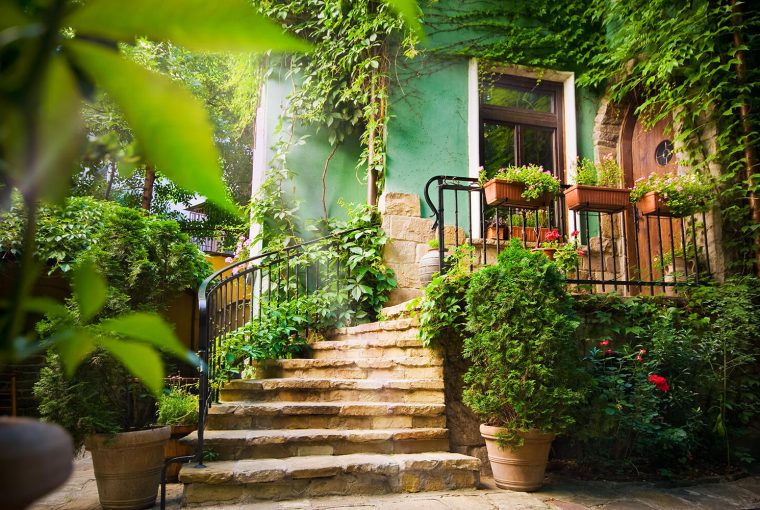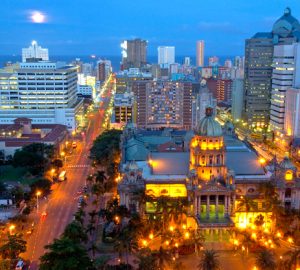First impressions are important, especially when it comes to selling property, as most property purchase decisions are made within the first few seconds of viewing.
The first thing prospective buyers see is the exterior and the garden – so a beautiful, well-kept garden increases your chances of selling your property.
“Most property purchase decisions are made within the first few seconds of viewing.”
Creating and tending to a garden takes time and energy. But most of all it takes water – lots of it. However, by choosing your plants wisely and designing your garden with care you can have the best of all worlds: a garden which is beautiful, low maintenance and eco-friendly.
The first thing you need to look at is the layout of your garden. The following tips will assist you in restructuring your garden’s layout to minimise water use and maintenance.
Reduce the size of your lawn
A lawn requires lots of water. Instead, consider replacing part of your lawn with stepping-stones or decorative pebbles. You can add greenery in between the stones by making use of indigenous grasses, succulents or ground covers.
Make use of mulch
Using mulch in your garden will keep the soil moist – reducing the water needs of your garden and adding wonderful texture and colour to your outdoor area. Consider making your own mulch or compost using garden and household waste.
Watch the sun
Observe which part of your garden is exposed to the sun between 11h00 and 15h00 – which is the hottest time of the day. Water will evaporate the fastest in these areas. For a low maintenance and water wise garden, do not plant anything in that area – using that space to create a paved entertainment area. Limit any greenery to succulents or indigenous grass which can endure hot and dry conditions.
After you have decided on the layout for your garden, you need to start thinking about what you are going to plant. What you choose to plant will play a vital role in keeping your garden eco, water and time efficient.
Local is lekker
Choose plants that are indigenous to your area. These plants have adapted to the climate, humidity and soil quality in the area, making them the perfect fit. By choosing local plants, you will save time and water and ensure a thriving garden.
Grassy pastures
Indigenous grasses are normally heat and drought resistant. As they come in various shapes, colours and size, they are a fantastic way to provide your garden with depth, texture and definition.
Grey, hairy, tiny and few
One of the best ways to identify low maintenance, water wise plants is to look at their leaves. When deciding on which plants to choose, study their leaves and ask yourself the following questions:
Are they grey? Plants with grey or blue coloured leaves are usually expert water savers. The coloured foliage reflects the rays of the sun, keeping the plant cool and reducing water loss.
Are they tiny and few? Many plants lose moisture through their leaves. Plants with smaller and fewer leaves have less surface area from which water can evaporate, thereby reducing their water requirements.
Are they hairy? We all know that moving air can dry things out. Hairy leaves counteract moving air by creating a microclimate over the leaf that slows down the flow of air, reducing moisture loss.
And there you have it: a stylish, easy to maintain and water-wise garden. Not only will your new garden increase your property value, you will also be making a valuable contribution to the environment by planting and gardening responsibly.
Posted by The Know - Pam Golding Properties





